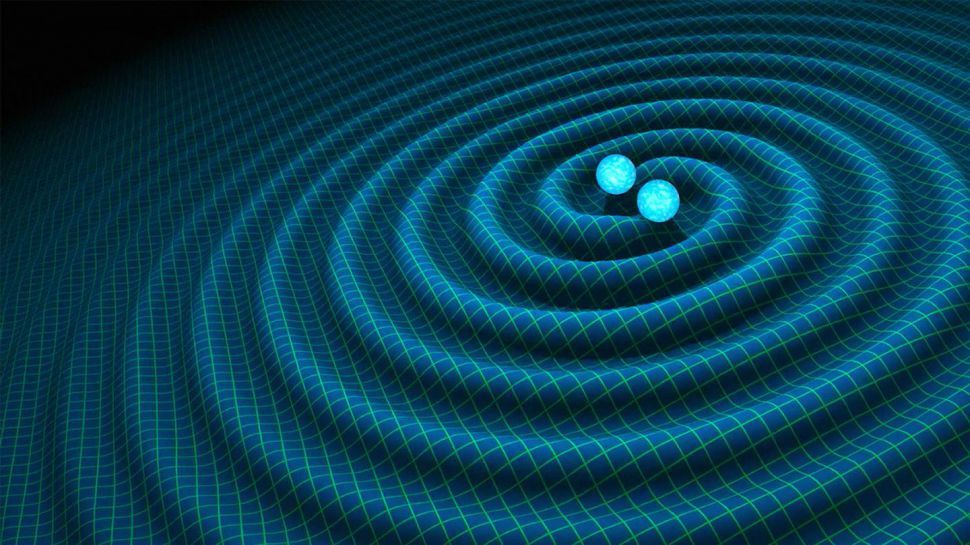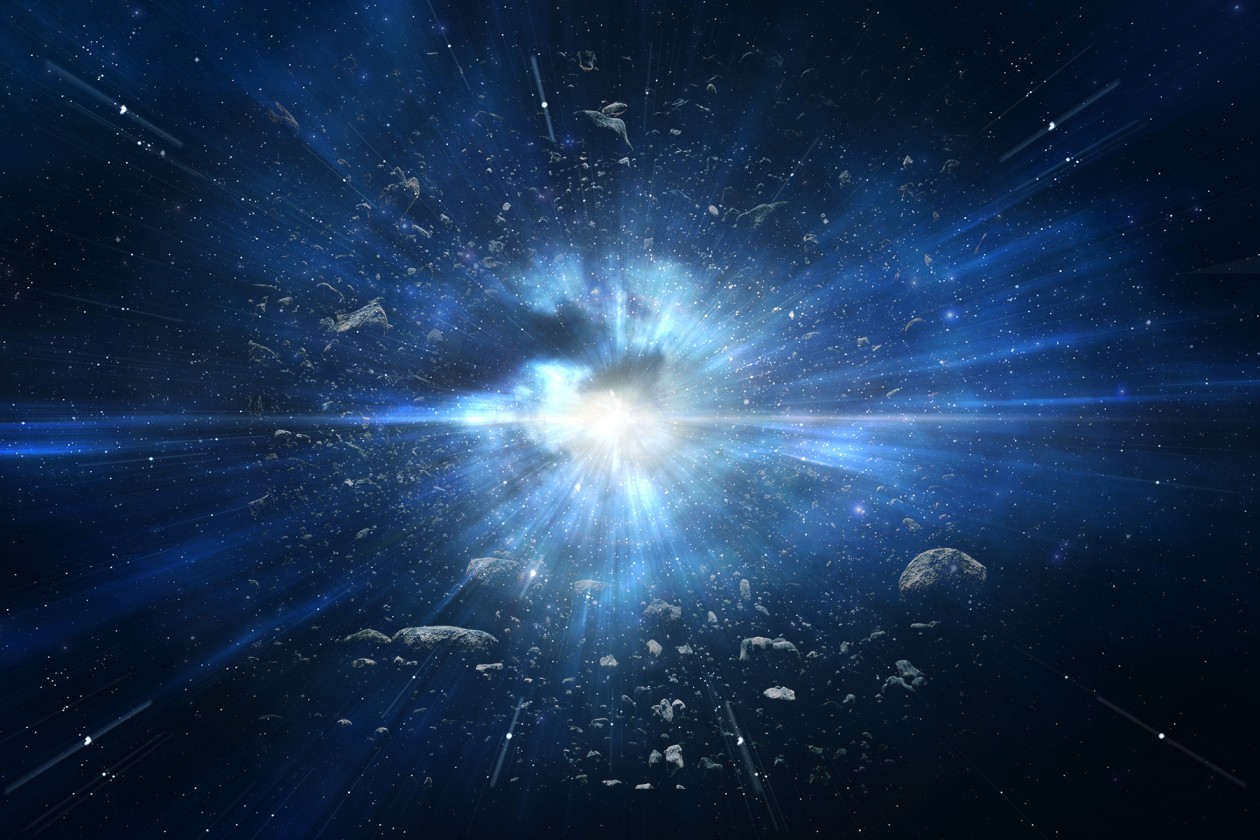Standing gravitational waves after the Big Bang may have created light—powered purely by gravity.
Key Takeaways
- Gravitational waves from the Big Bang could have spontaneously generated light in the early universe.
- This phenomenon involves intense gravitational energy interacting with electromagnetic fields to produce light.
- Parametric resonance, like a swing gaining height, may have amplified gravitational waves to immense strengths.
- These waves likely froze in standing patterns, creating points of concentrated gravitational energy.
- Gravity-induced light is unlikely to occur today, as such waves require a second Big Bang-level event.
___________
The universe began with the Big Bang, a massive explosion that scattered primordial matter and set the cosmos into motion. Over billions of years, this event led to the formation of stars, planets, and black holes. Among the most intriguing relics from that era are gravitational waves, ripples in spacetime caused by massive cosmic events.
These waves, commonly associated with black hole mergers and supernovae, also emerged during the universe’s rapid post-Big Bang expansion. According to a recent study, some of these waves were so powerful they could generate light without any other energy source, relying purely on gravity.
The Role of Resonance
This phenomenon hinges on a process called parametric resonance, where waves grow stronger by reinforcing each other at the right timing—similar to pumping a swing higher. During the universe’s rapid expansion and subsequent slowing, gravitational waves may have collided and amplified each other, forming intense standing wave patterns where energy concentrated in specific regions.
In these areas, the gravitational energy became so intense it could excite electromagnetic fields, causing them to emit light. No external energy was required—just the interaction between gravity and electromagnetic fields.

A Glimpse into the Past
While this concept helps unravel the universe’s earliest moments, it remains speculative. The gravitational waves required for this process are far stronger than anything detectable by modern instruments like LIGO. Observing such phenomena directly in today’s universe is improbable unless another event on the scale of the Big Bang occurs.
Still, these findings are valuable. The earliest stages of the universe remain one of the greatest cosmic mysteries. Any insights into this period enrich our understanding of how the universe evolved and provide new clues for future research. As study co-author notes, even small breakthroughs help paint a more complete picture of our origins.
Bridging the Unknown
The discovery of gravity-powered light, even as a theoretical model, underscores the interconnectedness of cosmic forces. This research not only offers a glimpse into the distant past but also highlights the untapped potential of gravitational waves as messengers from the universe’s infancy.




